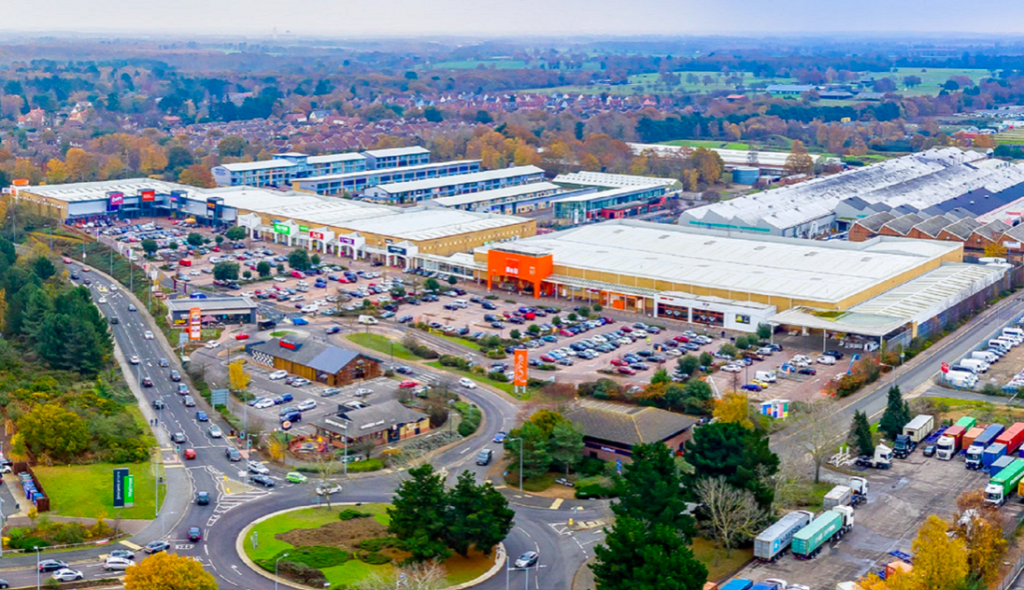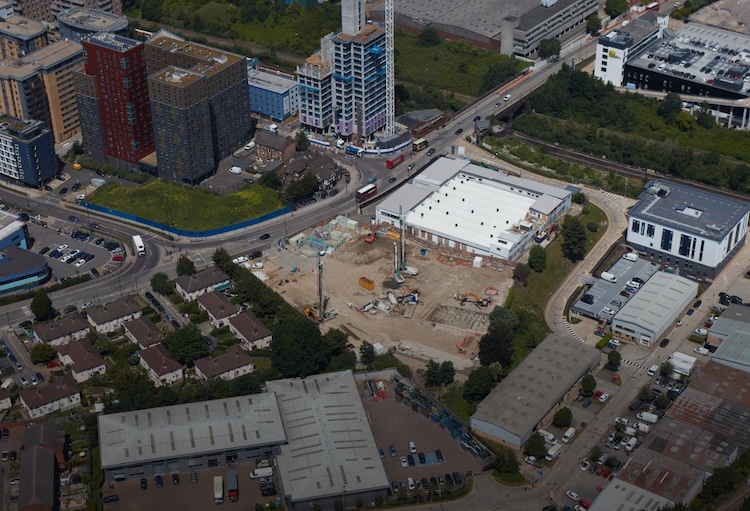
In 2022, we have high hopes for economic growth throughout most of Europe. The main reason for this has been the government and central bank stimulus initiatives. Because of this, company confidence and profit forecasts in the commercial real estate investment market are at their highest levels in two years. This optimism is bolstered by the fact that investor demand remains high. Debt and equity are projected to remain ample, while there are evident contrasts between industries that did well and those that lost considerably during the epidemic. Today, we will talk about 2022 commercial real estate investment trends.

The European commercial real estate investment market is exploding
This past year saw a record-breaking €291 billion invested in commercial real estate across Europe. There are many desirable commercial real estate markets, but the office sector attracts the lion’s share of investment (€131 billion). Compared to its historical norm, this number is significantly higher, by more than 25%. Because of this, investors look to the industry for cutting-edge assets that are also conveniently located, flexible, well-serviced, and economical to operate.
An additional €61 billion was invested in logistics and light industrial space, setting a new benchmark. The meteoric ascent of online retail and anticipated increases in rental rates were the primary drivers of this expansion. Consumer spending and the leisure industry both improved in 2022—up 58% and 3% from the previous year. Poland broke the record for the volume of retail assets in the first quarter. Compared to Q1 2021, investment in alternative sectors like operated residential and healthcare was low in Q1 2022, primarily due to a lack of supply. Yet, things are looking up.
The growing retail sector
While retail sales returned to pre-pandemic levels in 2021, in-store sales are still not back to the levels they used to be in 2019. They are rising, but it is unclear if they will ultimately recover by the end of 2022. This mostly comes as the resold of adverse risks, including:
- Higher consumer goods prices due to growing inflation
- Supply chain cost escalation
- Anticipated interest rate increases

These are just some of the issues slowing down this sector’s growth. However, we believe that the survival of store-based retail, for the most part, depends on a strong omnichannel strategy. Furthermore, retail necessitates a more seamless integration of online and offline models. As previously stated, retail investment activity has resumed in 2022, and we expect it to grow exponentially in the years ahead, which may make it a great investment opportunity.
European multifamily sector
Moving forward to 2022, the European multifamily sector is on the path to remain robust and rise in both volume and percentage of the overall investment market. Due to a lack of current goods, we believe that investors will mostly gravitate toward forward-funding purchases and mergers and acquisitions. This will likely result in higher transaction sizes in established and new industries. You can expect a rise in demand for secondary markets and single-family rentals as well. However, these are going to be more prominent in Major European cities. Regulation will remain a constraint, particularly for rental growth, but robust tenant demand and an overall positive outlook for the industry will likely surpass these constraints.
The demand for offices space is rising
Offices in prominent locations will be critical to attracting and retaining employees in areas with the highest occupier demand. Although some tenants may want to minimize their footprint, demand for high-quality space will remain strong. We expect to see office space density increase as companies start emphasizing the social side of the workplace. In 2022, we anticipate landlords investing more in refurbishments in older office buildings to prevent obsolescence.
Office markets throughout Europe are seeing excellent lease momentum this year, and we expect this to continue through the end of the year and even into the next. This is backed by an increase in office-based employment of 1-2% in 2022. While we anticipate that markets will remain at pre-pandemic levels, we anticipate aggregate lease growth of 19-24%.
The logistics market is expanding at a rapid pace
Europe has one of the most robust logistics sectors in the world. That being said, E-commerce is still the primary driver of the European logistics business—the shift to online buying habits over the last three years aided in the market penetration of e-commerce. Furthermore, the industry saw an increase in investment, with over €23 billion spent during Q1 2022. Compared to 2021, the market established a record and saw a robust growth rate of 62%. Meanwhile, demand in the logistics real estate industry is outstripping availability in many countries all around Europe.

According to number1movers.ca experts, the market supply in Canada is extremely limited due to a severe lack of development sites and stringent restrictions. It has reflected on the moving industry as fewer companies relocate to new offices. The same thing has been happening in Europe, resulting in an increase in warehouse leasing rates. In Q1 2022, rental growth was more than 3.2% higher than in Q1 2021. Furthermore, the UK and Germany are developing as hotspots for logistics warehouse space absorption. Germany witnessed record absorption of warehouse spaces in Q2 2022. It increased its warehouse space by more than 3.3 million square meters. The only country that comes close to Germany’s warehouse space is the United States, with 2.2 million square meters.
Increased demand for operational assets
And we will end this examination of 2022 commercial real estate investment trends with a look at where the European industry is heading. In recent years, the industry’s focus has shifted to more operational asset categories. In 2022, the emphasis has been on data centers, new energy infrastructure, and life sciences. Living sector asset kinds, ranging from senior housing to student housing, are likewise appealing but are equally reliant on the operator’s competency. Data centers are the most attractive area in terms of both revenue and expansion potential. In this sector, Bio-science provides the most intriguing income forecast. Additionally, new energy infrastructure and logistics are also promising growth opportunities.



